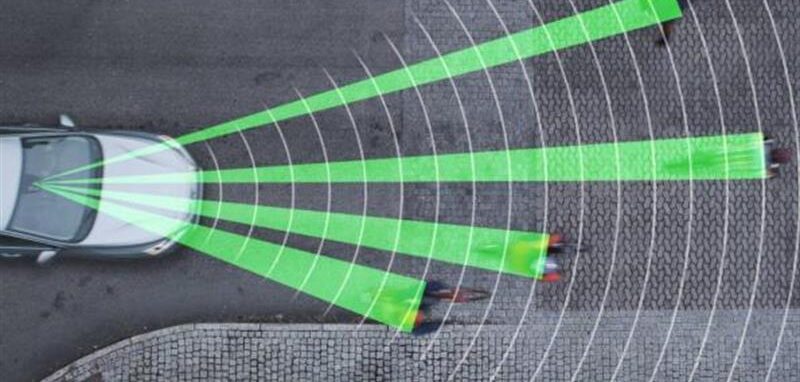Here's the issue with your post:
You say what is there is "junk." Yet you also believe Tesla makes smart decisions.
Tesla put this junk on 1.5M cars. Why?
- At the time, their vision was orders of magnitude away from being good enough at detecting obstructions in their path to do the job. RADAR bridged the gap until their neural nets got good enough and their self-driving hardware got fast enough.
- It's what was available on the market at the time. The better sensors did not exist until very recently.
They were sure enough in the past to spend $500M putting this on 1.5M cars. This means Tesla is bad at estimating what HW is needed, or being "sure" they need it before spending money. Tesla continues to put this "junk" on S/X cars, even though it can be trivially left off in production. Which is weird if they are "sure they don't need it".
The existing sensors are well under a hundred bucks. It's probably more like $75M, not counting the wiring harness. And for a large part of that time — certainly until HW3, and probably for a long time thereafter — they were necessary.
Tesla put HW2/2.5 in hundreds of thousands of cars, likely at near $1B. They upgraded cameras too. This means Tesla is bad at estimating what HW is needed.
Tesla put hardware in because they had to have hardware. They didn't
replace HW2 computers with HW2.5, though, because it made no sense to upgrade hardware until they knew what was needed. But they did roll out HW2.5 because:
- I think it was cheaper to manufacture than HW2.
- Key components in HW2 were going out of mass production (and would have been much more expensive in the long term).
- They almost certainly needed better hardware just to run the A/B tests needed to get things to the point where they would need better hardware (HW3), which in turn they needed to get to the point where they could actually ship something moderately close to self-driving.
If Tesla had correctly estimated the amount of computing power required back when HW2 came out, the cost would have been astronomical.
For example, HW3 has two SoCs with a GPU capable of 600 GFLOPS of double-precision computation. Using chips from 2015 (for release in 2016), you'd need three GeForce GTX TITAN X GPUs at $1,000 each, for a total of $3,000 just for the GPUs, plus... I'm going to ballpark it at $1,200 for the CPU cores. That brings you to a $4,200
before you factor in the
tens of thousands of dollars worth of hardware to replace their custom tensor processing silicon that didn't exist yet.
Today, HW3 is estimated to cost only $190.
They made the right call. Build what you can build reasonably using inexpensive parts that are readily available, do what you can with it, and then when you realize it isn't enough, you'll be able to get 10x the performance for the same price. Repeat a couple of times, and you'll eventually have enough horsepower, and you didn't waste money on buying that powerful hardware too early, and you can take the savings and use it to retrofit the whole fleet for a tiny fraction of the cost.
This is the company that has said since 2016 that all cars come with the HW needed for FSD. Yet, this became factually untrue in less than a year after it was said when HW2.5 was released, despite them being "sure."
Underestimating the requirements tends to be way cheaper than overestimating them, though, because the cost per compute power unit goes down over time. See above.
Tesla has no good history of knowing what HW is actually needed. We know for a fact they are not yet sure radar removal will work, since cars without radar have reduced/removed features, and they are leaving it on the premium vehicles, even refreshed ones, with the argument that the 3/Y will be doing validation first.
So think about it this way: they had a backlog of 10,000 Model 3 cars that they could not sell because they couldn't get the RADAR hardware. They had two choices: ship the cars without that hardware and hope that they could pull it off or leave about $60M worth of hardware rusting in a parking lot while they wait (possibly for months) to get that $500K worth of RADAR hardware.
If they're right, they just realized revenue sooner and ensured that they don't flood the market with too many cars in six months when the parts backlog clears. If they're wrong, it's a pretty easy fix.
However, they already have
some RADAR hardware, and they've already paid for that hardware, so they might as well use them for the low-volume cars, ensuring that if they're wrong, they only have to write up documentation to tell their service centers how to install the missing hardware in two models of cars, rather than four.

Besides, I think they're pretty sure already. But in the short term, they are limiting certain features out of an abundance of caution, so they have to get people to confirm that they're okay with those limitations. I'm not particularly worried.




